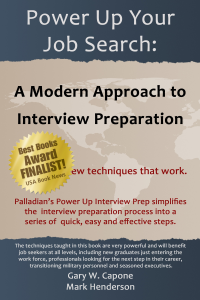A resume is an advertisement for you. It needs to contain some specific information about your background, but at its core, a resume is designed to make a sales pitch. Focusing on this aspect of resume writing can greatly improve the effectiveness of the document you produce.
One advertising media that can teach an important lesson about resume writing is a billboard on an interstate. Billboards can be effective because they are seen by a huge number of people who have little else to read. They also pose a significant challenge. Drivers only have a second or two to read the billboard.
Imagine designing a billboard version of your resume. You would have to shorten the content to a few words. Adding too much will hurt the overall effectiveness, even if the added content is important and impressive. The reason for this is simple. A driver may only have time to read five or ten words. You can’t count on them starting at the beginning of the message. This means that any content beyond the most important five or ten words will reduce the chance the most important content will be read.
Your resume faces a similar challenge. A hiring manager will only look at a resume for a short time. Often, it will only get a 15 to 30 second look initially. This prevents the hiring manager from reading more than few a sentences. If they read content that is of little importance, the odds your resume will be rejected go way up.
To write the best resume, you should not assess the value of each piece of content in isolation. This will lead to a resume that is too long. You need to assess the relative value of the content and delete the elements that may be valuable but distract the reader from the most important elements.
One of the biggest challenges in this process is detaching the emotional ties to specific experiences. Deleting something from your resume does not reduce the significance of the experience. It only reflects the lower importance of the element to a specific audience. For example, billboards for restaurants, hotels and other destinations always list the exit number. The exit number is a very minor detail in assessing the quality and value of a restaurant in every situation except for a passing driver who doesn’t know where the location is. In this case, details about the quality of the food, the selection, the cost and the overall attractiveness of the restaurant are less important details and are usually omitted from the billboard.
Approach your resume from the same perspective of the billboard designer. Imagine a hiring manager speeding past resumes, only getting a quick glance at the content and deciding in an instant, whether they are going to get off the exit and take a long look, or keep driving. If you catch their attention quickly, you will greatly improve your odds of getting an interview.



